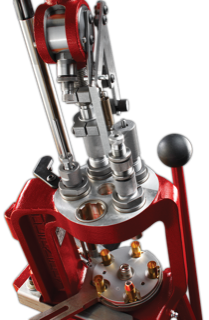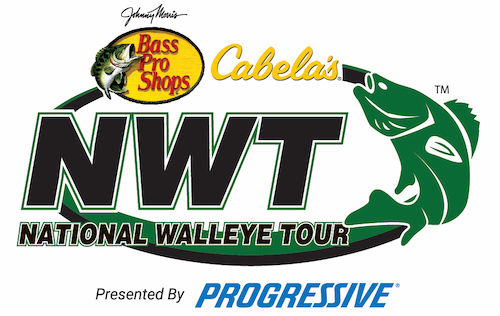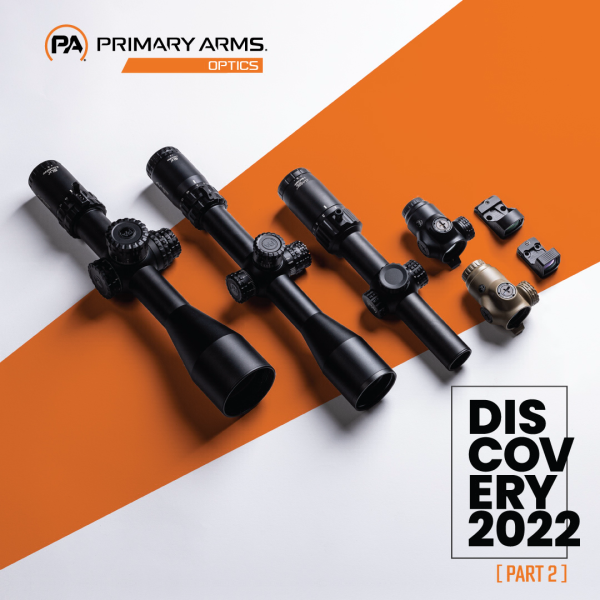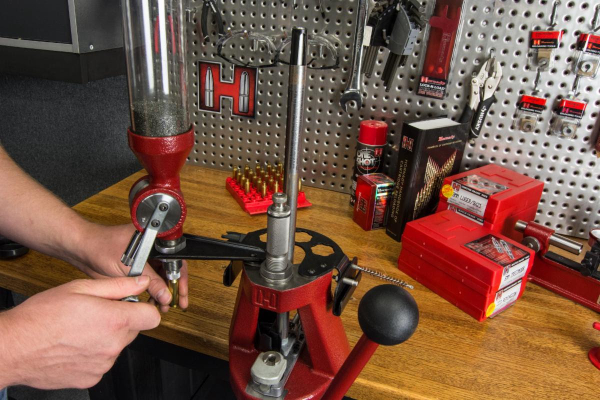A Word of Advice for Reloaders
This from The Shooting Wire:
Editor’s Note: Shooters are a conversational group. We regularly share “insider tips” or insights among our groups of friends and/or associates. Today, we’re sharing an insider tip from one of the guys we consider a go-to when we need the “skinny” on shooting topics, Ed Head. Here’s Ed’s insight on an incident in which no one (fortunately) was injured- but led to his discovery of something anyone who reloads handgun ammo should know.
Insight From Ed Head
Recently, an incident where a primer tube on a Dillon progressive reloader blew up was brought to my attention. The tube contained the blast and the indicator rod shot straight up and was embedded in the ceiling. No one was hurt.
Subsequent investigation revealed that a mixed lot of .45ACP brass was being loaded with the usual large pistol primers being used. However, mixed into this brass – range salvage I believe – were a number of .45ACP cases with small pistol primers.
Apparently, attempting to prime a small pistol primer pocket .45ACP case with a large pistol primer caused the detonation of the primer tube. I was surprised to hear about this – after all, .45ACP cases have large pistol primer pockets, right?
Wrong.
A little investigation revealed that Federal, Winchester, CCI, and perhaps others, are making brass cased value line .45ACP ammo with with small primers. One industry source told me:
“Federal Champion is currently manufacturing value-priced .45 ACP with small pistol primers. This ammunition is non-catalog items and sold to retail outlets who request a less-expensive option (such as Walmart).
The smaller pistol primers meet this valued-priced requirement in both material and manufacturing savings. But the usage of these smaller primers do not change the ballistics by much.
The bottom line is that these small pistol primer Federal Champion .45 ACP are loaded for promotional, value-priced purposes. However, the brass manufactured to our quality standards. It’s great brass, when loaded with the correct-sized primer that it’s intended for.
Please note, Federal Premium .45 ACP and the many other Federal .45 ACP products are all still loaded with the typical large pistol primers.”
Obviously, all safety precautions should be taken when reloading. My source added:
“BE SAFE BY KNOWING YOUR COMPONENTS AND RECIPES.
1. Sort your brass! Don’t mix!
2. Load larger primers in large primers pocketed .45 ACP Brass.
3. Load small primers in small primer pocketed .45 ACP Brass.
4. Do not resize primer pockets.”
As always, be alert, pay attention to what you are doing and don’t assume anything.
These days, with ammo and brass being hard to come by, it’s more important than ever to check the origin and quality of components. If someone gives you a bag of brass, you find brass on the ground, or purchase it in a plastic bag from the local gun shop, I would advise you look at it very critically.
-Ed Head







I use a Dillon progressive and thank you Glen for the heads upon this.
I am aware that some cases have small primer pockets (I’m not sure how that saves them money?) I have also had a small pocketed case slip past my sorting, but had no issues other than my press wouldn’t “seat” the primer (this is done by pushing the handle forward to drop the ram past it’s normal bottom position) . The key here is to realize that something is amiss and to stop “do not try to force it”…….which should be a rule for all reloaders at any stage of the of the process. I would guess that the reloader who experienced this issue may have tried to muscle it in. Thankfully the Dillon is so well designed that it contained the detonation just the way Dillon said it would.